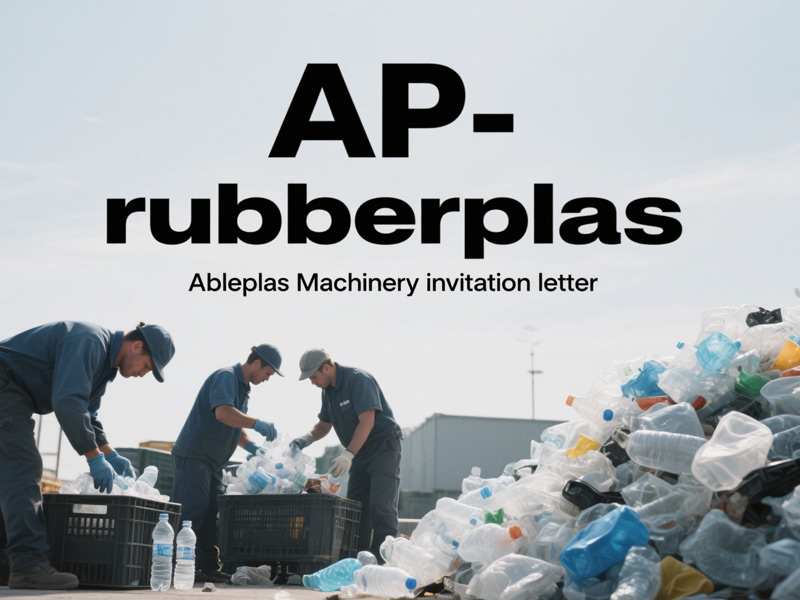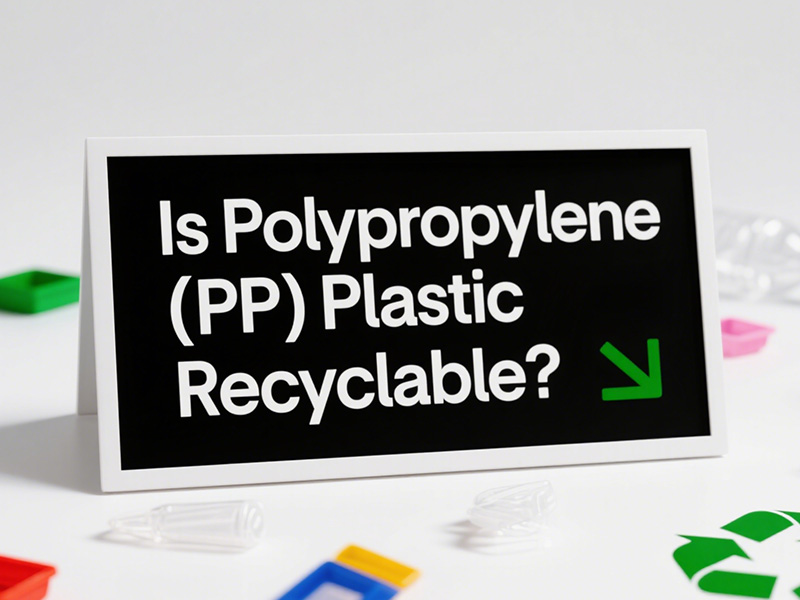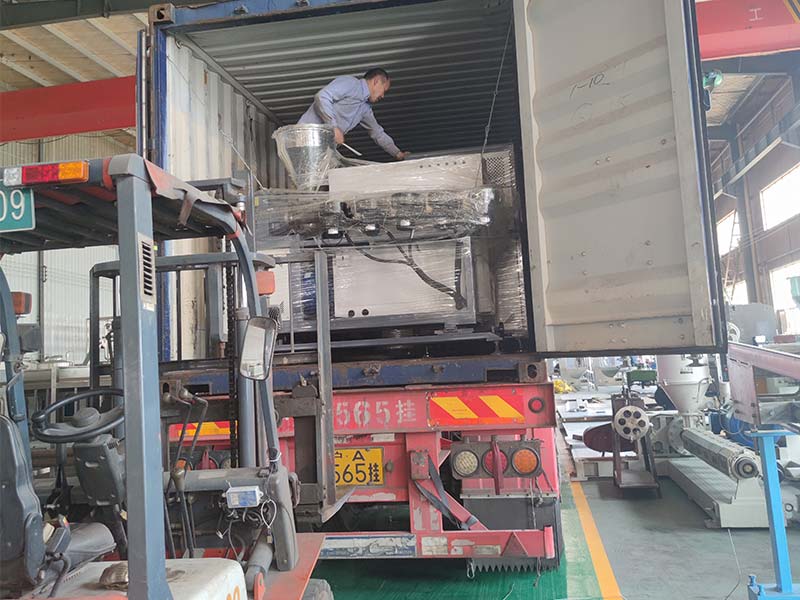The Growing Importance of Advanced Recycling Technology
The plastic waste crisis continues to intensify globally, with approximately 400 million tons of plastic waste generated annually. Traditional recycling methods can process only about 9% of all plastic waste effectively, leaving a massive opportunity for technological innovation. Advanced recycling machines address this gap by offering:
● Higher processing capacities and throughput rates
● Ability to handle previously non-recyclable plastic types
● Improved sorting accuracy and contaminant removal
● Reduced energy consumption per ton of processed material
● Enhanced quality of recycled output materials
Recent industry research indicates that facilities implementing advanced recycling technologies report efficiency improvements of 40-65% compared to conventional systems, highlighting the transformative potential of these machines.

Key Components of Modern Plastic Waste Recycling Systems
An effective plastic waste recycling machine setup typically incorporates several specialized components working in concert:
● Shredders and granulators that reduce plastic items to manageable sizes
● Washing systems that remove contaminants like dirt, labels, and adhesives
● Sorting technologies, including NIR (Near-Infrared) sensors, AI-powered optical sorters, and density separation systems
● Extrusion and pelletizing equipment that transforms processed plastic into market-ready recycled resin
● Quality control systems that ensure consistent output specifications
The integration of these components into a cohesive system allows for continuous processing and maximizes material recovery rates. Modern facilities implementing complete systems report recovery rates of up to 95% for certain plastic types, compared to 60-70% with older technologies.
How AI and Automation are Revolutionizing Plastic Recycling
The incorporation of artificial intelligence and automation represents the cutting edge of plastic waste recycling machine innovation:
● Machine learning algorithms continuously improve sorting accuracy by "learning" from millions of sorting decisions
● Robotic sorting arms can identify and separate plastics at rates of up to 80 picks per minute—far exceeding human capabilities
● IoT sensors throughout the system provide real-time performance data for predictive maintenance
● Automated contamination detection reduces the risk of process disruptions and quality issues
● Digital twin technology enables simulation and optimization of plant operations
Manufacturing facilities implementing AI-enhanced recycling systems report contamination reduction of 30-45% and operational uptime improvements of up to 25%, demonstrating the significant efficiency gains possible through these technologies.
Economic Benefits of Investing in Advanced Recycling Equipment
While advanced plastic waste recycling machines require significant capital investment, their economic benefits are substantial:
● Higher-value output materials command premium prices in the recycled resin market
● Reduced processing cost through energy efficiency and labor optimization
● Increased throughput capacity enables economies of scale
● Ability to process previously "unrecyclable" plastics opens new revenue streams
● Reduced landfill and disposal fees generate ongoing savings
● Decreased maintenance downtime, improves operational efficiency
Analysis of recent industry installations indicates that comprehensive recycling systems typically achieve ROI within 3-5 years, with some high-efficiency operations reporting payback periods as short as 24-36 months depending on capacity utilization and market conditions.

Optimizing Plastic Waste Recycling Machine Performance
Maximizing the efficiency of plastic waste recycling machines requires attention to several operational factors:
● Material pre-sorting and preparation to minimize contamination entering the system
● Regular preventative maintenance schedules based on manufacturer specifications
● Operator training certification ensures proper machine utilization
● Process parameter optimization, tailored to specific plastic waste streams
● Quality control protocols at each stage of the recycling process
● Data collection and analysis to identify bottlenecks and improvement opportunities
Facilities that implement comprehensive operational excellence programs report efficiency improvements of 15-20% over standard operations, highlighting the importance of proper management alongside technological investment.
Addressing Different Plastic Types with Specialized Equipment
Different plastic polymers require specific processing approaches to maximize recycling efficiency:
● PET recycling lines process beverage bottles and food containers, typically incorporating specialized washing systems to remove food residues and labels
● HDPE processing equipment handles milk jugs and detergent bottles, often requiring robust odor removal systems
● PP and PS recycling systems process food containers and packaging, necessitating effective separation from paper and other contaminants
● Film and flexible packaging recyclers require specialized feeding mechanisms and anti-wrapping features
● Mixed plastic processing lines incorporate advanced sorting to separate different polymer types
Leading recycling operations are increasingly implementing modular systems that can be configured to handle changing waste stream compositions, providing flexibility as market conditions evolve.
Environmental Impact of Advanced Recycling Technologies
The environmental benefits of advanced plastic waste recycling machines extend beyond diverting material from landfills:
● Energy consumption is typically 40-60% lower per ton processed compared to virgin plastic production
● Water usage in closed-loop washing systems reduces freshwater requirements by up to 80%
● Carbon emissions are reduced by an estimated 1.5-3 tons of CO2 equivalent per ton of plastic recycled
● Chemical pollution is minimized through advanced filtration and wastewater treatment systems
● Land use impacts are reduced through more efficient processing, requiring less facility footprint
These environmental advantages are increasingly being quantified through comprehensive Life Cycle Assessments (LCAs), providing valuable data for sustainability reporting and regulatory compliance.
Emerging Innovations in Plastic Recycling Equipment
The plastic waste recycling machine landscape continues to evolve with several promising technologies on the horizon:
● Chemical recycling systems that break plastics down to molecular levels, enabling true polymer-to-polymer recycling
● Solvent-based purification that removes additives, colorants, and contaminants for higher-quality output
● Multi-layer plastic processing equipment specifically designed for composite packaging materials
● Microplastic capture technologies that prevent small particles from entering wastewater streams
● Mobile recycling units that can be deployed to remote locations or disaster areas
Industry experts project that these innovations will increase the technically recyclable portion of plastic waste from approximately 50% today to over 70% by 2030, representing a significant expansion of recycling capacity.
Implementation Strategies for Recycling Facilities
For organizations looking to upgrade their recycling capabilities with advanced plastic waste recycling machines, a strategic approach is crucial:
1. Conduct a detailed waste stream analysis to identify the most prevalent plastic types and contaminants
2. Develop clear specifications for desired output quality and processing capacity
3. Evaluate the total cost of ownership beyond initial equipment purchase price
4. Consider modular implementation that allows for phased investment and expansion
5. Identify potential incentives and grants available for recycling infrastructure
6. Plan for adequate facility space and utilities required by new equipment
7. Establish staff training programs before equipment installation
8. Develop maintenance protocols and spare parts inventory to minimize downtime
Recycling operations that follow these implementation best practices report 25-40% fewer startup issues and achieve target efficiency metrics 30-50% faster than those with less structured approaches.

Conclusion
Advanced plastic waste recycling machines represent a critical technology in addressing the global plastic waste challenge. By dramatically improving processing efficiency, output quality, and economic viability, these systems are transforming plastic recycling from a challenging waste management necessity into a sustainable and profitable operation.
As regulatory requirements tighten and consumer demand for recycled content grows, investments in cutting-edge recycling technology will increasingly become a competitive advantage for forward-thinking organizations. Those who implement these advanced systems today will be well-positioned to meet the recycling challenges and opportunities of tomorrow.
Frequently Asked Questions
What is the typical capacity range for industrial plastic waste recycling machines?
Modern systems range from 500-10,000 kg/hour depending on configuration, with modular designs allowing for scalable capacity as needs evolve.
How do advanced sorting technologies improve recycling efficiency?
AI-powered optical sorters achieve 95-99% sorting accuracy at high speeds (3-8 tons/hour), dramatically reducing contamination and improving output quality.
What is the average ROI timeframe for advanced recycling equipment?
Most facilities achieve ROI within 3-5 years, with high-volume operations potentially recouping investments in as little as 2-3 years.
Which plastic types benefit most from advanced recycling technologies?
PET, HDPE, and PP show the greatest value improvement with advanced processing, while previously difficult materials like multilayer films now become technically and economically viable.
How can smaller operations benefit from advanced recycling technology?
Smaller facilities can implement targeted upgrades to existing lines, consider co-operative equipment sharing, or utilize toll processing services to access advanced recycling capabilities.
Want to learn how advanced plastic waste recycling machines can transform your recycling operations? Contact our recycling technology specialists for a customized assessment and implementation roadmap tailored to your specific waste stream and business objectives.







